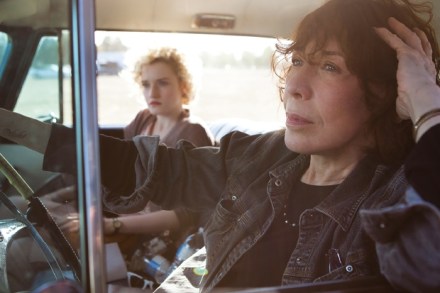Faroe Islands: A whale of a time
‘Have a good holiday, Camilla. Don’t kill any whales.’ That’s not the normal goodbye I get when leaving the office, but then I’m not normally off to the Faroe Islands. The country isn’t that far from the UK — in fact, we’re the nearest neighbour, with Scotland 200 miles to the south. But it’s not somewhere people know much about. If they have heard of the Faroe Islands, the one thing they know about is the ‘grindadráp’, or pilot whale-hunt, which supplies newspapers with gory photographs every year. Although I wouldn’t have been surprised to see whale on the menu (as you do in Norway), I hadn’t expected whaling to


















